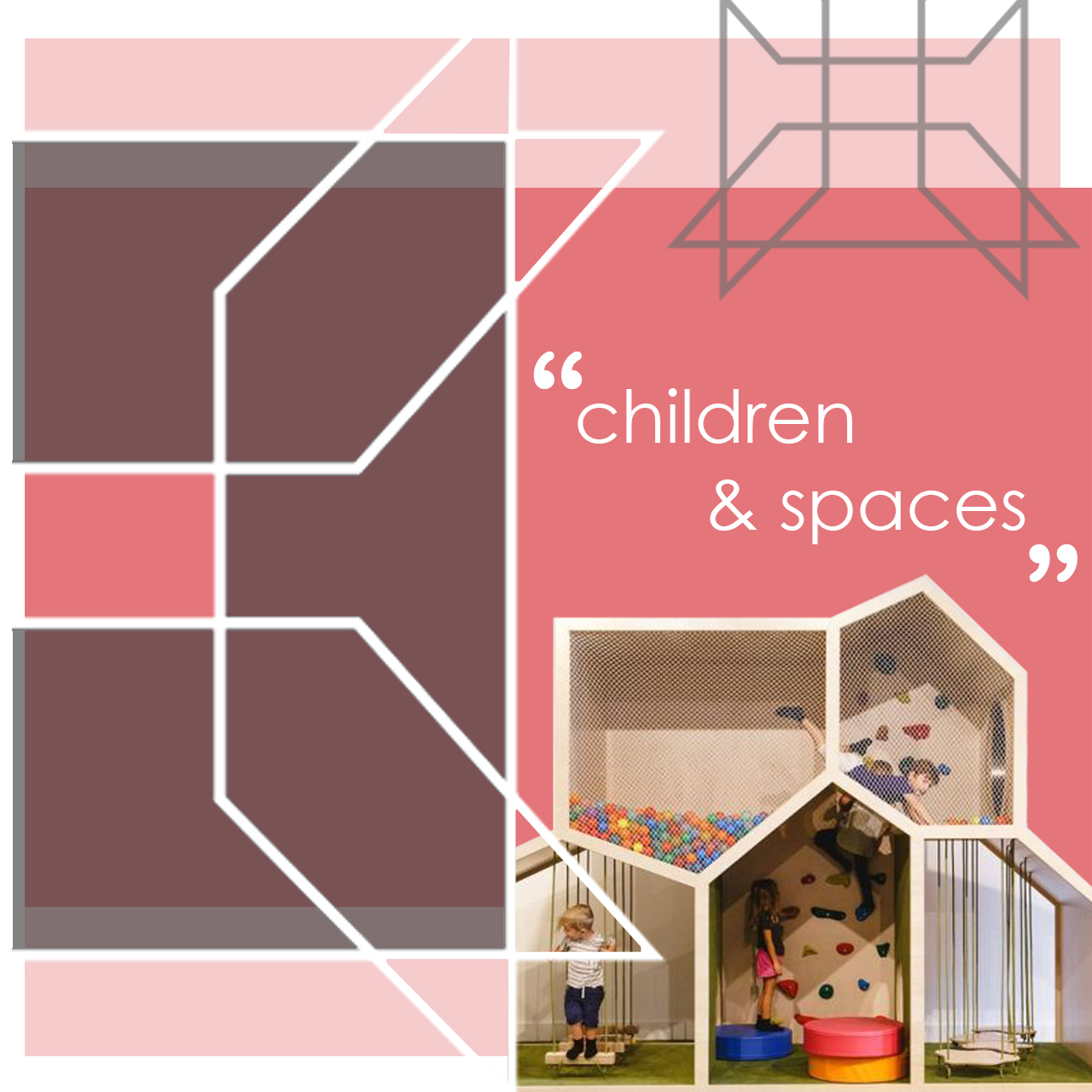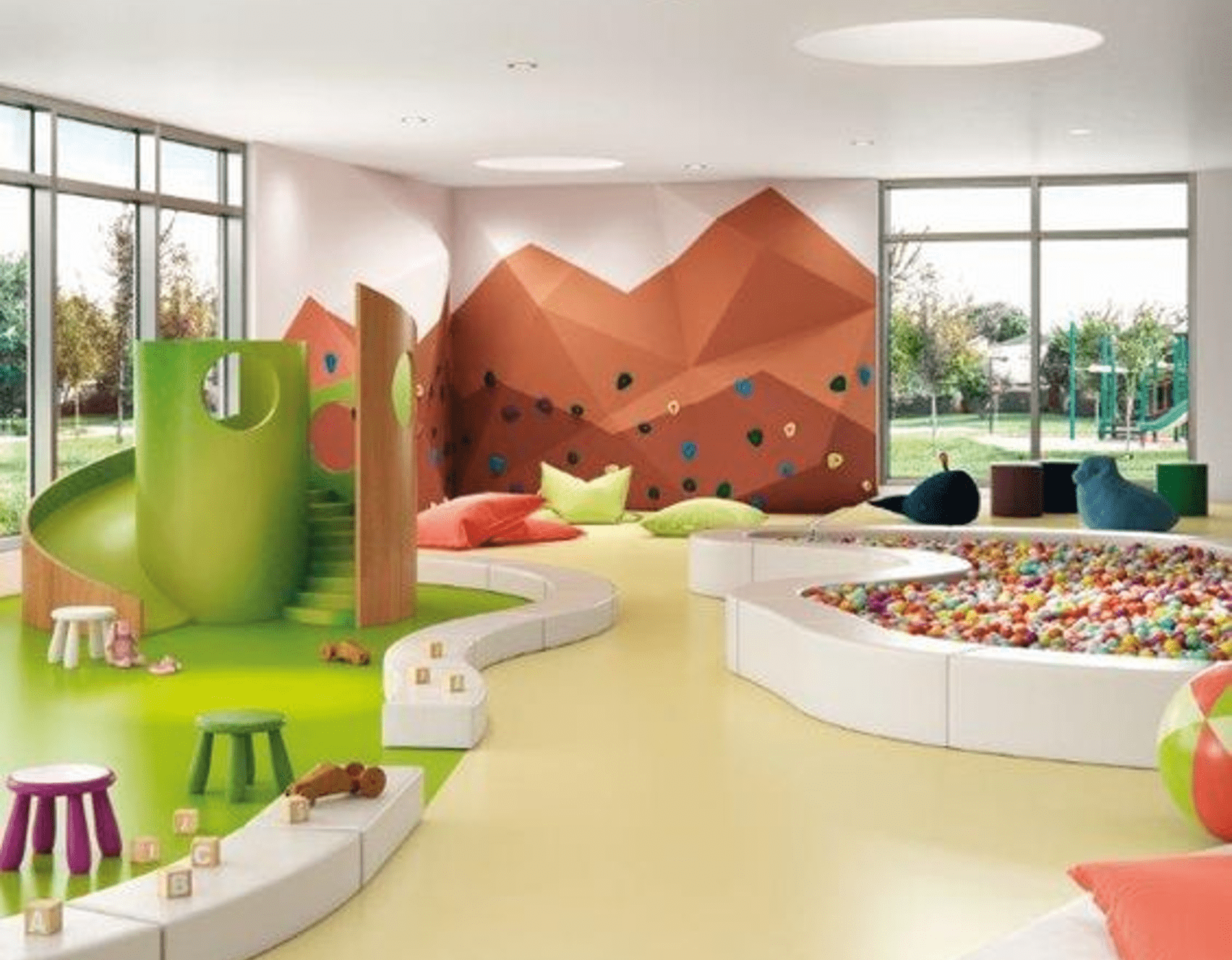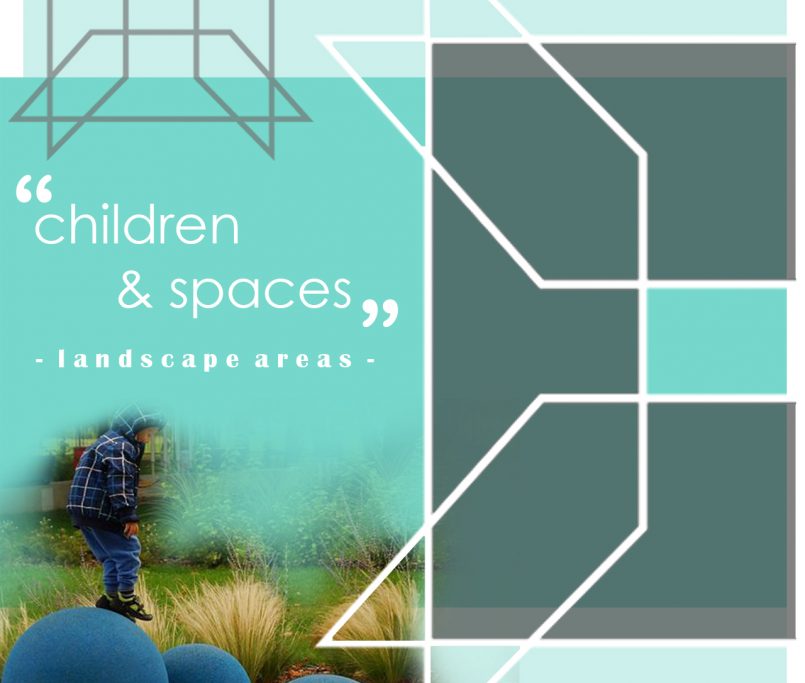Children & Spaces
When designing spaces for children, colors, materials, and toys can help develop children’s decision-making mechanisms when they are in harmony with each other.
A consistent and organized environment helps children to keep their minds organized and develop their reasoning capacities.
The design of the space should encourage children’s instinctive movements without adult intervention and have a purpose that increases interaction with children’s movement.
The safety factor is important for children to feel a sense of belonging to the space. A risk-free, secure environment allows children to explore freely.
Designing environments that increase children’s concentration helps to improve their focus abilities. The factor of silence plays an important role in the design of these spaces.
A safe mirror element can be used in children’s spaces, as it allows children to watch themselves while performing actions such as exploring, crawling, and sitting, enabling them to discover themselves.





